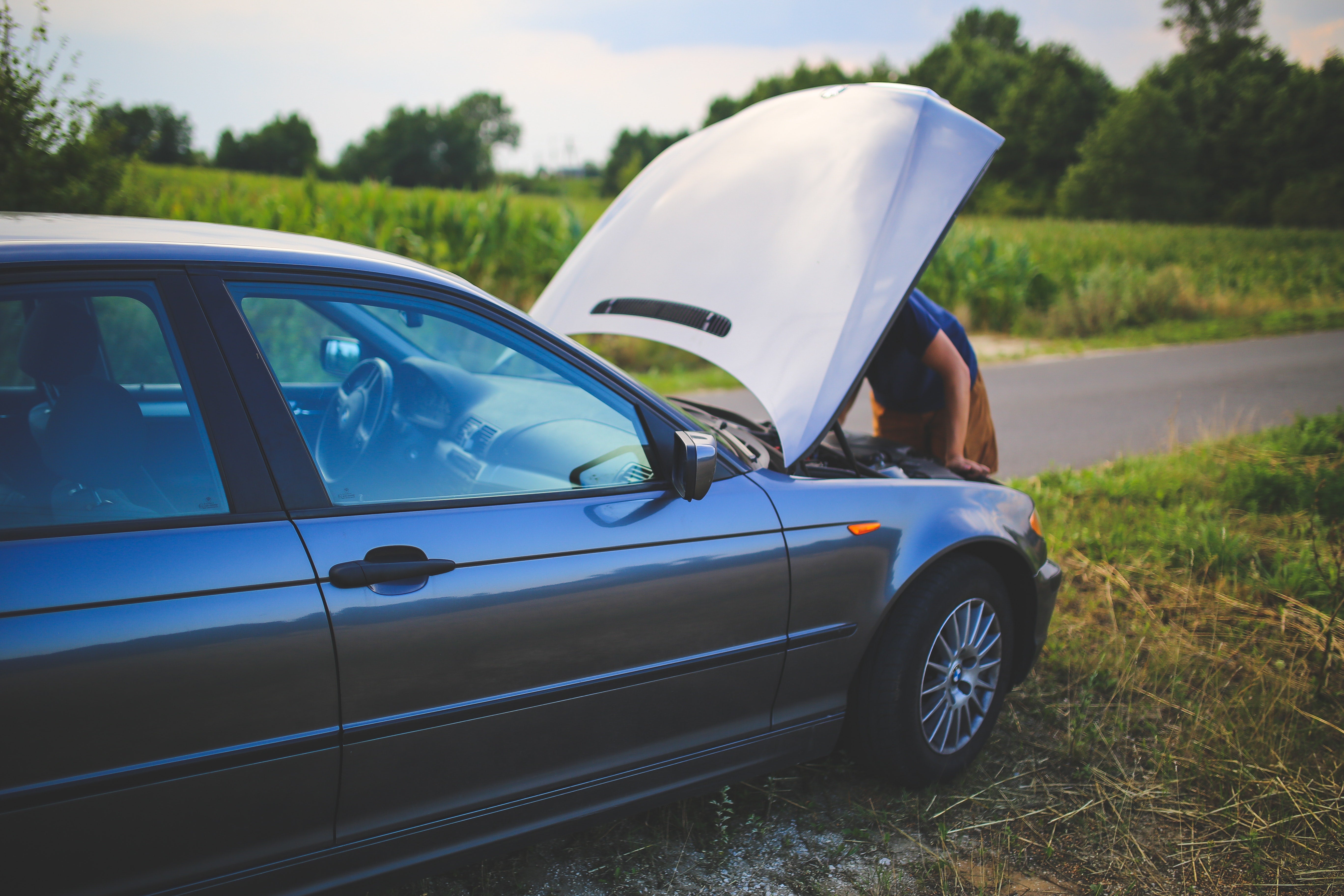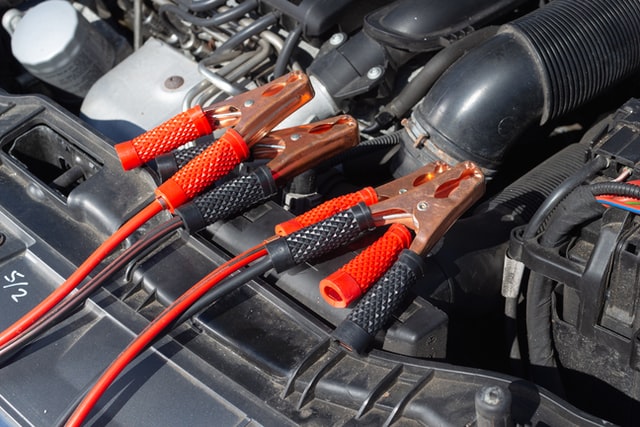How to Connect Jumper Cables to Your Car
When your car won't start, jumper cables can help your vehicle get up and running in just a few minutes. To hook up jumper cables, you typically need two cars. Pop both hoods, and then connect the red and black clamps to the battery in the car that won't start. Then do the same to the other vehicle. Start the working car, and let it idle for a minute. Turn on the dead car, disconnect the cables from both vehicles, and you're good to go!
Before you get started, however, you'll need to know the right order to hook up the cables and what to do if you get it wrong. Find out how to hook up jumper cables and learn how to troubleshoot the process.
How Do You Know If Your Car Battery Is Dead?

If nothing happens when you turn the key, a dead car battery is probably the culprit. If you can hear the engine attempting to start, however, your car may have another problem with a belt or the alternator. Rather than trying to jump your battery, call the Tom Kadlec Kia service center at (507) 361-2700 so our team of experts can diagnose and fix the issue.
How Do You Position the Cars to Jump Your Battery?
If your car's battery is dead, you can jumpstart it with the help of a second vehicle. Pull the working vehicle up so the hoods of the two cars are just a few inches apart. Be sure to leave some space between them. The vehicles should be close enough so the jumper cables can reach between the two vehicles but not so close that the two cars touch.
For best results, the two car batteries should have a similar voltage. You can confirm that the numbers are the same or close by reading the specifications on the top of the batteries. If the working vehicle has a significantly higher voltage, jumping the battery could damage the other car. In that case, consider asking another driver to help instead.
Do You Hook Up Red or Black Jumper Cables First?
Once the two vehicles are in place, turn off both and open the hoods. Attach the red jumper cables first. Start by clamping one red cable to the positive side of the battery that won't start. Then attach the other red clamp to the positive side of the working battery.
Next, clamp one black cable to the negative side of the working battery. When you're ready to attach the other black clamp, don't connect it to the dead battery. Instead, find a metal component in your vehicle's engine block where you can attach it safely.
What Happens When You Put on Battery Cables Wrong?
Attaching the jumper cables incorrectly could lead to serious problems. Some of the most common issues with putting on jumper cables include:
- Putting the black and red jumper cables in the wrong positions: If you connect the jumper cables to the wrong sides of the battery, you won't be able to start the dead vehicle. Always make sure that the red cables connect to the side of the battery that features a plus (+) sign.
- Attaching one of the black jumper cables to the dead battery: When you try to turn on the vehicle, sparks can appear, potentially reacting with or igniting flammable substances. Always connect the second black cable to a grounded metal part instead.
- Neglecting to attach one of the jumper cables: If one of the jumper cables isn't in place, the process won't work correctly. If the dead battery still won't start, double-check that you've attached all four ends of the jumper cables correctly.
When Should You Try to Start the Dead Vehicle?

After connecting all four ends of the jumper cables, turn on the working vehicle. Leave it in park and allow it to idle for at least a minute. Then attempt to start the other vehicle. If a dead battery was the issue, then the second vehicle should turn on right away.
When Do You Disconnect the Jumper Cables?
As soon as both vehicles are running, you can disconnect the jumper cables. Remove the clamps one at a time, in the opposite order you placed them. Start with removing the black cable from the engine block, and then remove the other black clamp from the working vehicle. Then remove both ends of the red cable, ending with the clamp attached to the dead battery.
After disconnecting the jumper cables, you can turn off or re-park the vehicle you used to start the dead battery. However, you should allow the other vehicle to continue to run. Let it idle for a half-hour to recharge the battery. You can also drive it around the block a few times to help the battery regain a charge.
How Do You Jump a Car Battery Without a Second Car?
If another vehicle isn't available to start the dead battery, you may be able to use a jump box if you have one on hand. Also known as a battery pack, this handy piece of equipment can easily replace the second vehicle. Just hook up the jumper cables to the dead battery and the jump box, and try starting the vehicle. When it starts, remove the cables and allow the vehicle to idle.
What Do You Do After Starting a Dead Battery?
Using jumper cables to start a dead battery solves the immediate problem and allows you to drive your vehicle somewhere safe. But a dead battery can signal a bigger issue. If the battery can't keep a charge, you may need to replace it.
Rather than waiting until another battery issue arises, take your vehicle to our service center right away. We'll check the battery, replace the old or dead battery if necessary, and advise you about any other issues that could be affecting your vehicle's performance.
Although it's important to know how to use jumper cables safely, they aren't the only available solution for battery problems. Visit Tom Kadlec Kia for assistance with battery issues, money-saving car service specials, and expert maintenance and repairs. Questions? Contact us online.


 Warranties include 10-year/100,000-mile powertrain and 5-year/60,000-mile basic. All warranties and roadside assistance are limited. See retailer for warranty details.
Warranties include 10-year/100,000-mile powertrain and 5-year/60,000-mile basic. All warranties and roadside assistance are limited. See retailer for warranty details.